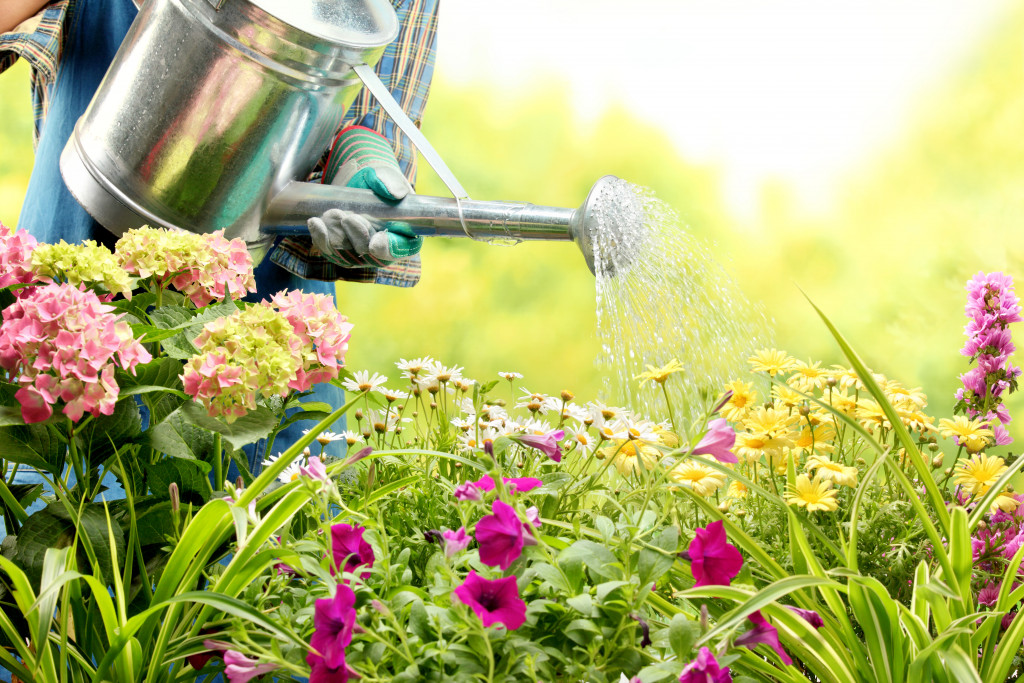Well into fall and coming into winter, home gardeners and farmers should now be preparing to protect their plants and beds against the extreme weather. And with record landfalls for storms and hurricanes in the US this year, there are even more elements that home gardeners must defend their plots against, such as torrential rain, soil erosion, and mighty wind.
To ensure that your garden and everything in it withstands the elements and the cold, here are some of the most ideal and accessible ways to protect and insulate a garden.
Use plenty of frost cloth and cold frames
Frost cloth’s primary function is to trap moisture and heat that the soil emits. During the cold weather, the plants need that heat and moisture more than ever. The heat also protects plants during zero-degree temperatures at night. However, these cloths shouldn’t be used for more than a few days, as they could trap that same moisture to the point that it harms your plants by becoming a breeding ground for fungus.
Cold frames are ideal for growing vegetables during the cold season. If you plan on harvesting your home garden’s crop during the winter, use cold frames that prevent your plants from shocking when there are sudden temperature drops and changes. If you have a greenhouse set up, cold frames also work to extend your winter vegetables’ growth and production season. You can buy them or build your own.
Create a “hoop house”
If frost cloth is too small and cold frames won’t be enough, but you need more protection, you can widen the net through a hoop house. These are larger versions of the covers, often easily built with PVC pipe and cloth drapes that are designed to enclose the entire bed. The PVC pipes are pushed solidly into the ground and are built in a hoop formation around the whole bed with a polyethelene over it, essentially creating a mini greenhouse that protects your plants.
In case you’re worried about your plastic getting blown away by the wind, you can secure them to place with stones or bricks along the bottom row. This tactic is great for home farmers with extensive vegetable patches that need plenty of protection.
Give plants plenty of mulch

Now is the time to add mulch to your beds, especially if you’re looking after susceptible plants and crops. Their roots stay protected by the mulch (made of garden compost, old leaves, or wood chips).
Other than the obvious nutrient benefit from mulch, it holds water better than soil, which plants can use when the weather is cold and dry. The soil’s water level also increases, which means watering can be done less frequently in the next year after the snow. And finally, adding a lot of mulch discourages the growth of weeds.
Bring sensitive, potted plants indoors, into a garden shed
For your more sensitive plants that truly cannot withstand the weather, bring them inside into an area of your home or an insulated shed. Ideally, your garden shed should also be sturdy and protected against the elements so the cold, damp weather doesn’t affect your garden supplies and tools. Your plants can be safe in there for the time being as well, especially on cold nights.
Garden sheds should have insulated roofs and double-glazed windows to help trap heat during cold weather. The walls are protected from the temperatures by an insulation board, with corrosion-preventative coating outside, such as powder coating. States such as Utah, Minnesota, and Wisconsin experience extremely cold weather, which may come accompanied by frost. It’s critical to bring plants indoors to insulated places during these times and not take them out again until you’re sure that the weather has passed.
Build a windbreak
One of the cheapest ways to protect plants is to create a windbreak. This is a wall designed to prevent winds from buffeting and blowing down your plants and stands. The windbreak could be made of straw bales, rocks, weighted plastic buckets—anything you can stack and create a solid, unmoving wall that can work to protect your plants against heavy winds and weather from storms.
Note that in some states, especially storm-prone areas, the winds can be more powerful than expected. Gardeners must ensure that their walls are solid and heavy enough not to topple over and end up crushing the plants instead.
If you can’t build a wall out of rocks or weighted objects, you can make a “living wall” instead of by growing hedgerows. They won’t fall over in the wind and act as “long-term wind protection” for the rest of the plants in your garden. Though they take some maintenance, they’re effective in bracketing your garden with a natural screen.
Your plants need plenty of help overcoming the elements around them as the weather worsens and gets colder. Perhaps you wanted sustainable food to eat. Perhaps you turned to gardening as a means of company in the pandemic isolation. Whatever the case, it’s time to give back to the plants by protecting them and making sure they grow bright again in the warmer seasons.



